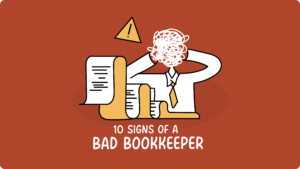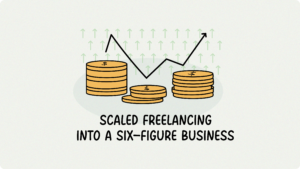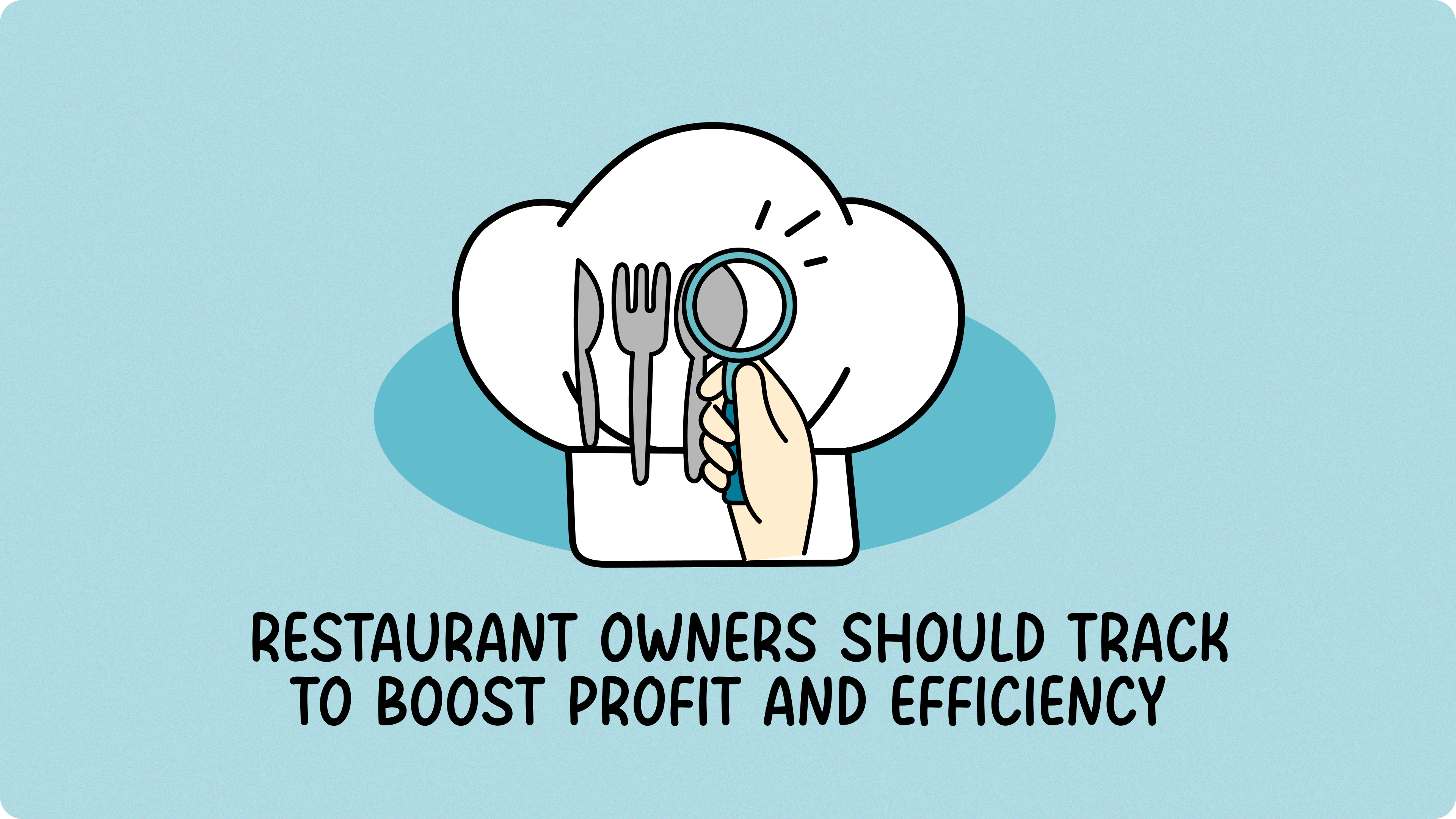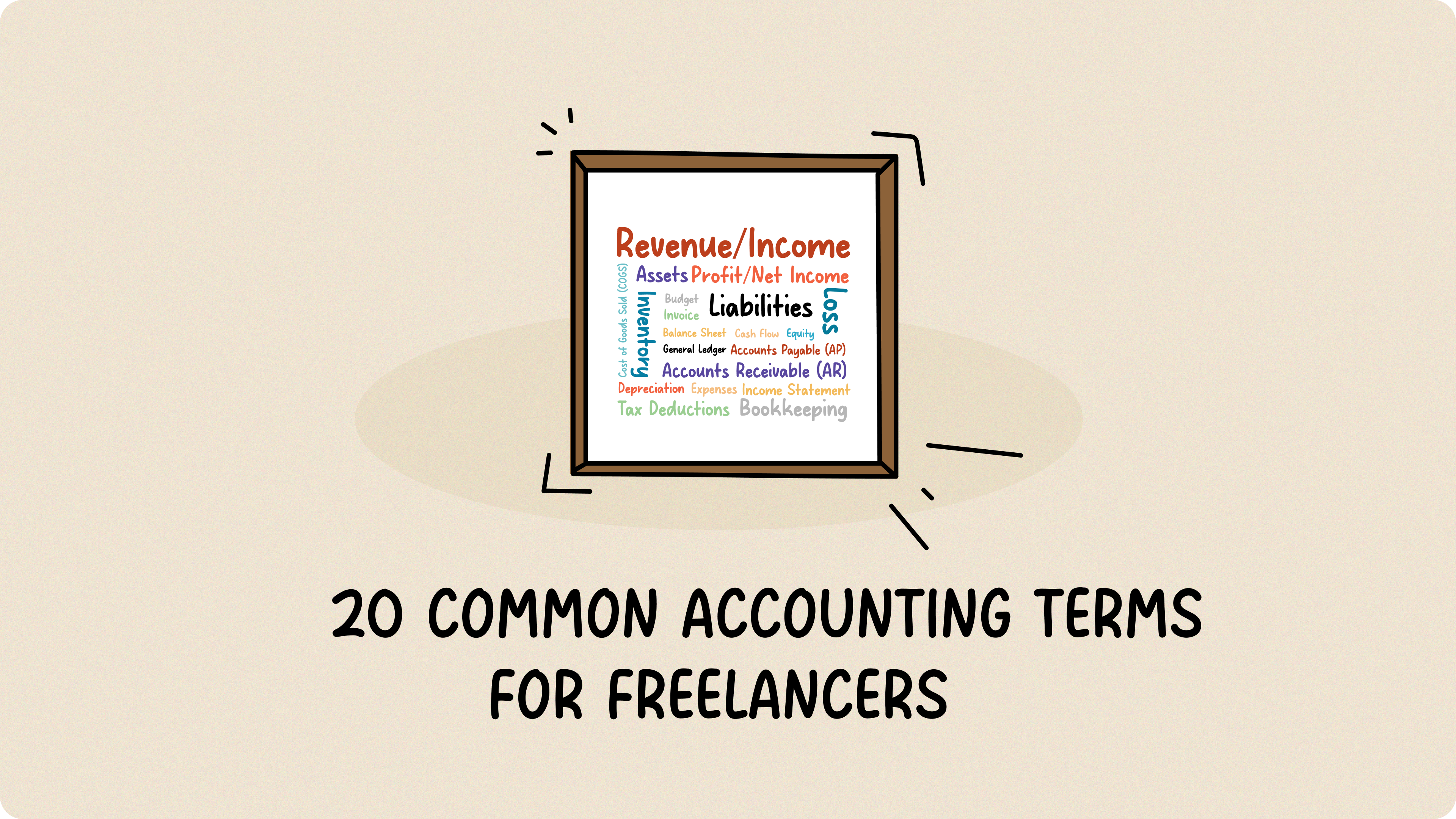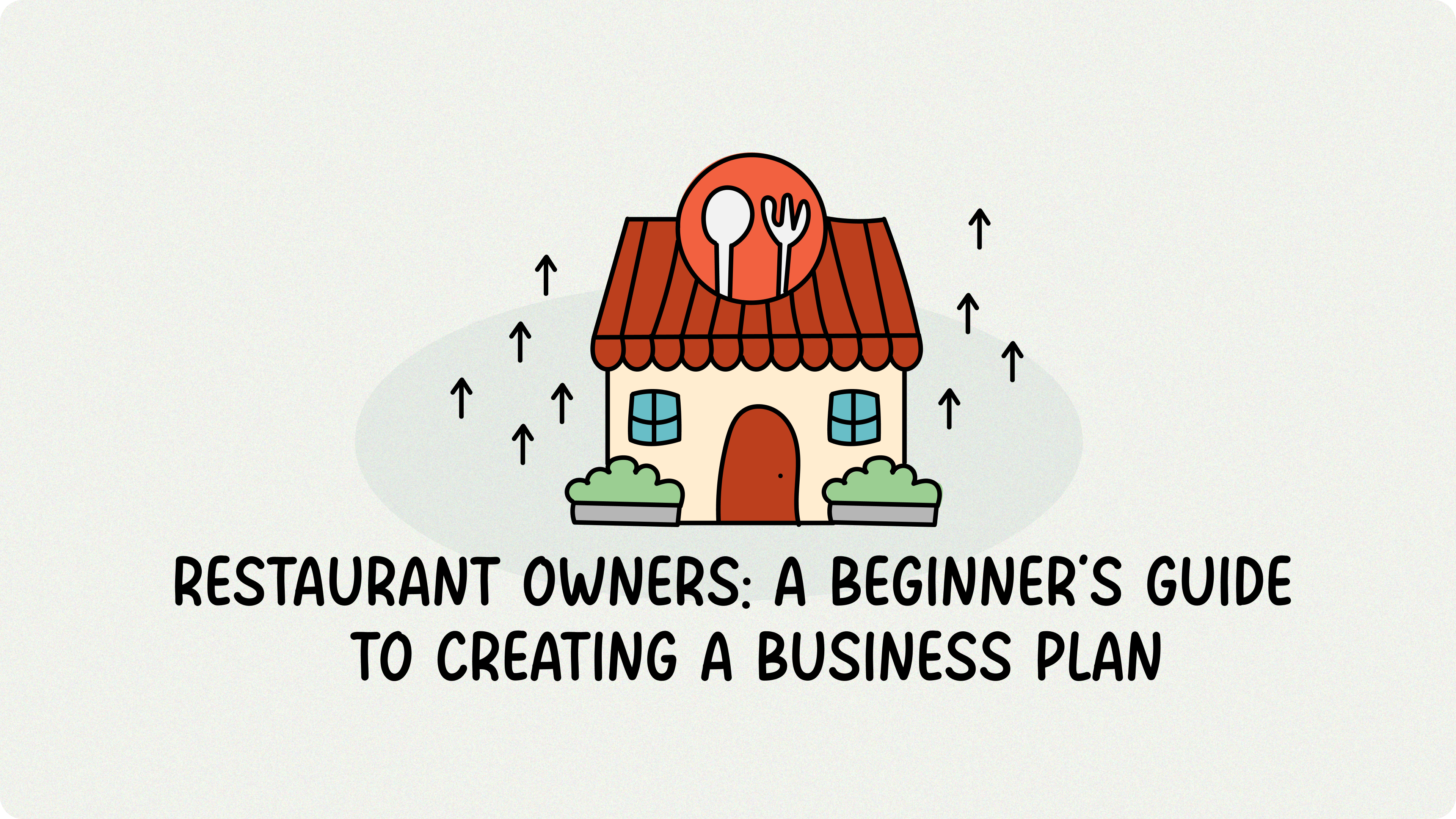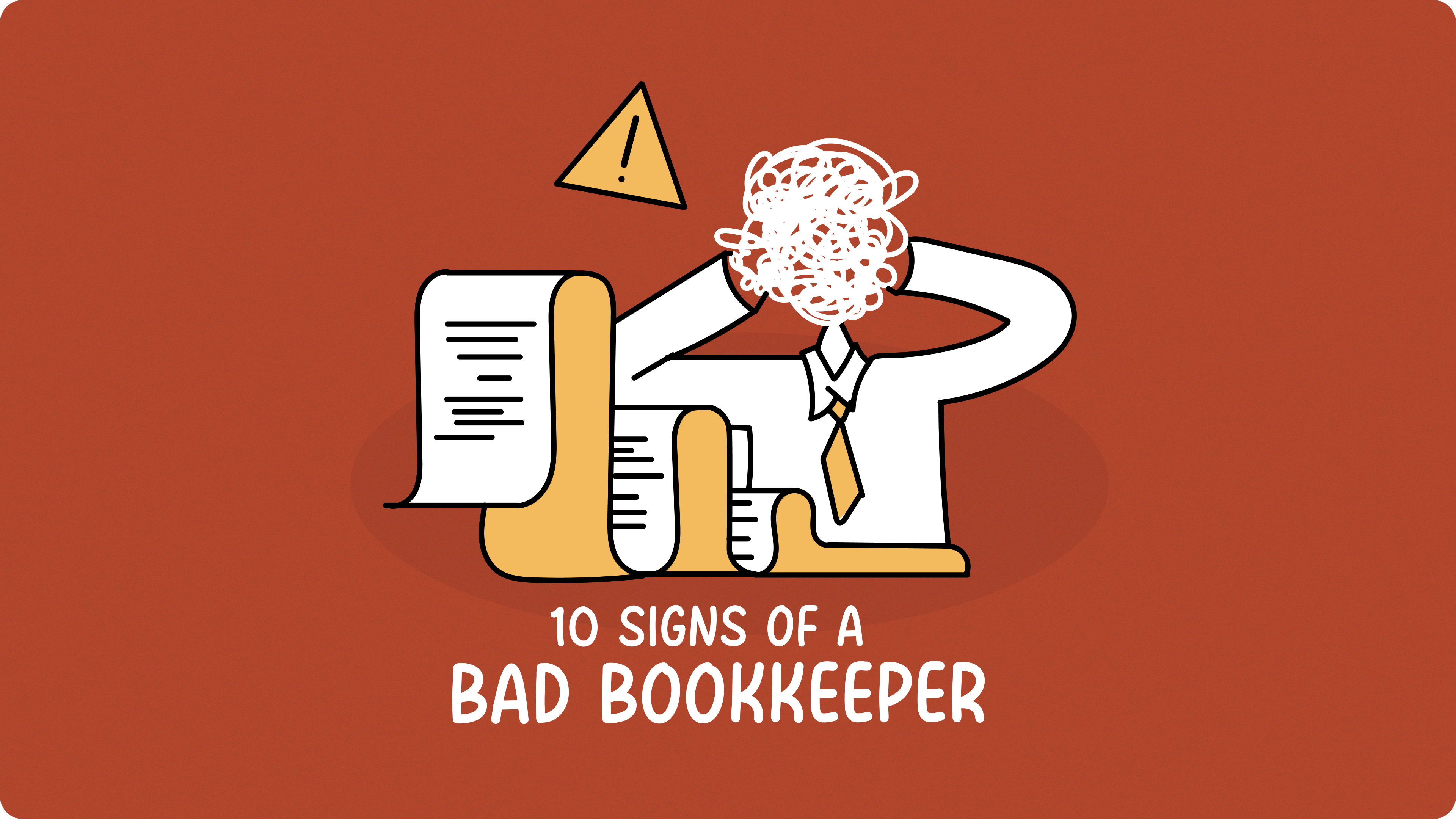Running a restaurant is no small feat. From managing substantial investments and fluctuating food prices to handling high employee turnover and ensuring regulatory compliance, the challenges are numerous. Not to mention the constant concerns about utility bills and food waste. A recent study indicates that while average restaurant revenues can range from 0% to 15%, profit margins typically hover between 3% and 5%.
Daniel of POV Husband recently shared the monthly performance of three restaurants. He noted each restaurant is unique, with numbers varying monthly. During a snapshot month, his restaurants achieved the following:
| Restaurant | Gross Sales | Gross Profit | Net Income | Profit Margin |
| A | $119,861 | $76,902 | $20,463 | 15% |
| B | $70,927 | $45,582 | $9,001 | 13% |
| C | $256,108 | $171,156 | $59,783 | 23% |
Notice the trend: as restaurants scale, efficiency and profit margins tend to increase, highlighting the challenge for startups. Small restaurants, with minimal room for error, must leverage metrics for data-driven decisions. By using metrics, they can implement effective solutions—like optimizing ingredient costs or refining staffing schedules—instead of resorting to knee-jerk reactions like raising prices. In this article, we’ll explore 10 essential metrics that empower smaller restaurants to thrive.
Table of Contents
Why Metrics Matter
Just as a great dish relies on the right ingredients, a successful restaurant depends on tracking the right metrics. Restaurant owners excel at crafting recipes and selecting high-quality ingredients, but many overlook the “ingredients of success”—the key performance indicators that fuel profitability and efficiency.
A metric is any quantifiable, consistently defined measurement of performance. Two decades ago, data and metrics might not have been a focal point in the restaurant industry. However, in today’s competitive landscape, metrics offer invaluable insights into your restaurant’s effectiveness. They help identify strengths and pinpoint areas needing improvement, allowing for informed adjustments to operations and strategies aimed at optimizing profits. Often referred to as Key Performance Indicators (KPIs), these metrics provide a detailed picture of your overall business performance and indicate whether you’re on track to meet your goals.
On top of that, understanding your customers through data enables targeted marketing efforts, enhancing sales strategically. For instance, if you know a customer dines out every Friday, you can send them a timely email on Friday afternoon. If you’re aware of an upcoming birthday, offering a complimentary champagne can enhance their experience. Recognizing big spenders allows for tailored loyalty rewards. Understanding spending habits, such as increased spending at month’s end, enables precise targeting. Knowing a customer’s preference for brownies allows for personalized suggestions during ordering.
Restaurants that collect and effectively utilize data are poised for success. The pertinent question then becomes: which metrics should we track?
10 Metrics to Help Your Restaurant Thrive
1. Table Turnover Rate
This metric tracks how efficiently you’re using your seating capacity. It measures how many times a table is “turned over” or reset for a new party during a specific meal service, like lunch or dinner. More turns generally mean more customers served and increased revenue, but it’s crucial to find a balance that doesn’t compromise the guest experience. You don’t want to rush diners out the door, but you also don’t want tables sitting empty for extended periods.
To calculate the table turnover rate, you use the following formula:
Table Turnover Rate = Parties Served ÷ Number of Tables
For example, if a restaurant with 50 tables serves 200 customer parties during dinner service, the table turnover rate would be 4. This means each table was used an average of 4 times during that period.
The industry benchmark for table turnover rate is around 3. This means that, on average, a table in a typical restaurant is used three times during a given meal service, like lunch or dinner. However, this is just a general guideline. Your ideal table turnover rate will depend on factors like:
Target audience: A business lunch crowd might expect faster service than a
leisurely dinner crowd.
Table size and configuration: Smaller tables generally turn over faster than larger ones.
To optimize your table turnover rate, focus on creating efficient systems and processes. This includes providing prompt and attentive service, from order taking to food delivery and table clearing. A well-designed restaurant layout can also contribute to smoother flow and faster turnover.
2. Average Check Size
Average check size, also known as average customer spend, is a key metric that reveals the average amount each customer spends per visit. This valuable insight helps you understand customer behavior, assess the effectiveness of your menu pricing, and identify opportunities to increase revenue. By analyzing and optimizing the average check size, you can strategically implement upselling or cross-selling techniques to drive more revenue per customer.
Here’s how to calculate the average check size:
Average Customer Spend = Total Revenue ÷ Number of Customers
For example, if your restaurant generated $5,000 in revenue from 200 customers in a day, your average check size would be $25 ($5000 ÷ 200 = $25).
Industry benchmarks for average check size vary depending on the type of restaurant. Coffee shops typically have an average check of around $11, while quick-service restaurants range from $8 to $15. Casual dining establishments average between $12 and $15, while upscale full-service restaurants can range from $16 to $25. Fine dining establishments, of course, have significantly higher average checks, often ranging from $50 to $500 or more.
There are several strategies you can implement to increase your average check size. These include providing excellent customer service, ensuring your staff has thorough menu knowledge, offering enticing specials, and using high-quality ingredients that justify higher prices.
3. Food Cost Percentage
Food cost percentage is a critical metric that reveals how much of your revenue is spent on food and beverages. Given that 52% of restaurant professionals identify high food costs as a top challenge (according to Toast’s Restaurant Success Report), keeping this percentage in check is essential for profitability. By monitoring your food cost percentage, you can make informed decisions about menu pricing and cost control, ultimately protecting your restaurant’s financial health.
Food cost percentage is calculated as follows:
Food Cost Percentage = Total Food and Beverage Cost ÷ Total Revenue
For example, if your restaurant’s total food and beverage costs for a month were $15,000 and your total revenue was $50,000, your food cost percentage would be 30% ($15,000 / $50,000 = 0.30 or 30%).
What constitutes a good food cost percentage? The ideal range depends on various factors, such as your restaurant’s type, cuisine, and location. However, it’s generally accepted that keeping food costs between 28% and 35% is necessary for running a profitable restaurant.
4. Labor Cost Percentage
Labor cost percentage is another crucial metric that tracks the proportion of your revenue that goes towards labor-related expenses. This includes wages, salaries, bonuses, payroll taxes, benefits, and overtime. Managing labor costs effectively is essential for maintaining profitability, as labor is often one of the highest expenses for a restaurant.
Determining your labor costs is simple with this formula:
Labor Cost Percentage = Total Labor Costs ÷ Total Revenue
For example, if your restaurant’s total labor costs for a month were $20,000 and your total revenue was $50,000, your labor cost percentage would be 40% ($20,000 / $50,000 = 0.40 or 40%).
Industry benchmarks for labor cost percentages vary depending on the type of restaurant. Quick-service restaurants tend to have lower labor costs, around 31.6%, while casual dining establishments can have labor costs as high as 34%. Upscale casual restaurants typically fall around 31%, and pizza restaurants average around 30.1%.
5. Prime Costs
Prime costs represent the combined total of your food costs and labor costs. These are the two largest controllable expenses in your restaurant, and they play a significant role in determining your overall profitability. Keeping a close eye on prime costs is essential for ensuring your restaurant’s financial health.
This formula will help you determine your restaurant’s prime cost percentage:
Prime Cost Percentage = (Food Costs + Labor Costs) ÷ Total Sales
For example, if your restaurant’s prime cost for a month was $35,000 and your total sales were $50,000, your prime cost percentage would be 70% ($35,000 / $50,000 = 0.70 or 70%).
Most full-service restaurants aim to keep their prime costs below 60% of sales. A prime cost percentage between 55% and 60% is generally considered healthy, as long as it doesn’t negatively impact service quality. Yet it’s important to note that a prime cost below 50% could indicate issues like low food quality, overpricing, or overworked staff. If your prime cost exceeds 70%, it can be a red flag for your restaurant’s financial health, as it leaves little room for unexpected costs or reinvestment in the business.
6. Cash Flow
Cash flow is the lifeblood of any business, and restaurants are no exception. It represents the movement of cash into and out of your restaurant, encompassing all the money you receive from sales, catering, and other sources, as well as all the money you spend on expenses like food costs, payroll, rent, and utilities. Given that a staggering 82% of small businesses fail due to cash flow problems, effectively managing this financial metric is paramount to your restaurant’s success. A healthy cash flow ensures you can cover your expenses, pay your suppliers, and invest in the growth of your business.
To effectively track your cash flow, use this essential formula:
Net Cash Flow = Total Cash Inflows – Total Cash Outflows
For example, if your restaurant has $60,000 in inflows (sales, catering, etc.) and $46,000 in outflows (food costs, payroll, rent, etc.), your net cash flow is $14,000.
Maintaining a positive cash flow is crucial for the sustainability and growth of your restaurant. Negative cash flow, on the other hand, can quickly lead to financial difficulties. It’s important to monitor your cash flow regularly and take steps to improve it if necessary.
When starting out, it’s normal to expect your expenses to exceed your income. You need to invest in the space, equipment, staff, food, and marketing to get your restaurant off the ground. The key is to start turning a profit (any money that’s left over after accounting for all expenses) as soon and as sustainably as possible. This means building a frequent and steady customer base and keeping a close eye on your spending. You can learn more about cash flow projection in our blog post, “Cash Flow Projection for Small Businesses.”
7. Customer Satisfaction
Happy customers are the foundation of any successful restaurant. Customer satisfaction measures how pleased your guests are with their overall dining experience, which includes everything from the quality of the food and service to the ambiance and cleanliness of your establishment.
Tracking customer satisfaction can be done through various methods, such as monitoring online reviews on platforms like Google and Yelp, conducting customer surveys, and providing feedback forms. It’s also crucial to respond to negative reviews promptly and professionally, showing that you value customer feedback and are committed to improving their experience.
Why is customer satisfaction so important? Satisfied customers are more likely to return for repeat visits, spend more during their visits, and recommend your restaurant to others through word-of-mouth marketing.
Imagine you’re looking for a new restaurant to try. You come across two options:
Restaurant A: 500 Reviews, average 4.8 stars
Restaurant B: 6 Reviews, average 3 stars
Which one would you choose? The answer may appear obvious, but it highlights how customer satisfaction and reviews play a huge role in attracting new guests. After all, a restaurant with hundreds of glowing reviews is hard to ignore.
8. Online Ordering and Delivery Metrics
With the rise of online ordering and delivery, tracking these metrics is essential for optimizing this growing revenue stream. By monitoring key metrics like the number of online orders, average order value, delivery times, and customer ratings, you can identify areas for improvement and ensure a seamless and satisfying online ordering experience.
To enhance your online ordering and delivery services, focus on providing a user-friendly online ordering platform, fulfilling orders accurately and efficiently, and ensuring timely delivery. Consider partnering with third-party delivery services to expand your reach and offer greater convenience to your customers.
9. Customer Acquisition Cost (CAC)
Customer Acquisition Cost (CAC) is a crucial metric that measures how much it costs to acquire a new customer. This information helps you evaluate the effectiveness of your marketing efforts and make informed decisions about where to allocate your marketing budget.
Curious how much each new customer is really costing you? Uncover the answer with this simple calculation:
Customer Acquisition Cost (CAC) = Marketing Expenses ÷ Total New Customers
For example, if you spend $500 on marketing in a month and acquire 25 new customers, your CAC is $20.
Is this good? That depends on your check average. If your customers are spending more than it costs to get them in the door, then your marketing efforts are working! A lower CAC indicates more efficient marketing spend, as you’re acquiring new customers at a lower cost. By tracking and analyzing your CAC, you can identify which marketing channels and campaigns are most effective and optimize your spending accordingly.
10. Inventory Turnover Rate
Inventory turnover rate is a key metric that tracks how quickly your inventory is sold and replenished. This helps you minimize waste, storage costs, and spoilage, ultimately contributing to a more efficient and profitable operation.
Find your inventory turnover rate using this formula:
Inventory Turnover Rate = Cost of Goods Sold (COGS) / Average Inventory Value
COGS represents the direct costs of all the ingredients used to create the food and drinks you sell.
Average Inventory Value is calculated as follows:
Average Inventory Value = (Beginning Inventory + Ending Inventory) / 2
For example, if your COGS for a month is $36,000 and your average inventory value is $6,000, your inventory turnover rate would be 6. This means that, on average, you sold and replaced your entire inventory six times during that month.
A higher inventory turnover rate generally indicates efficient inventory management, as you’re turning over your stock quickly and minimizing the risk of spoilage and waste. Generally, an inventory turnover rate above 8 is considered high, suggesting rapid inventory turnover and potentially strong sales. Yet, an extremely high turnover rate, especially if it fluctuates dramatically, can also be a warning sign of potential stockouts. If your inventory is flying off the shelves too quickly, you risk running out of essential ingredients before your next delivery arrives. This can lead to disappointed customers and lost sales. Therefore, it’s important to find the right balance between minimizing waste and ensuring you have enough stock to consistently meet customer demand. Conversely, a rate below 4 is considered low, indicating slow-moving inventory and potentially higher storage costs or spoilage.
5 Practical Tips for Restaurants
While tracking metrics is essential, here are five actionable strategies to help your restaurant stand out and succeed:
1. Diversify Revenue Streams
As restaurant footprints shrink due to changing dining habits and increased delivery demands, operators must adapt. Expand beyond traditional dine-in by offering takeout, delivery, and curbside pickup to cater to diverse customer preferences. Consider maximizing your space during off-peak hours by hosting private events, parties, or classes. Additionally, explore selling branded merchandise, specialty food items, or offering meal kits and subscription boxes. Think beyond the conventional restaurant model and embrace innovative revenue opportunities.
2. Standardize Recipes and Portions
Consistency is paramount. Standardized recipes ensure every dish tastes and looks the same, building customer trust and solidifying your brand identity. They also enable accurate cost calculations, minimize waste, and streamline inventory management, boosting profitability and efficiency. Don’t forget to regularly taste-test menu items and ensure consistent cleanliness and service standards.
3. Shrink Your Menu
In a world of overwhelming choices, less is often more. A concise menu simplifies kitchen operations, improves quality control, and reduces food waste. It also enhances the customer experience by simplifying decision-making and allowing your signature dishes to shine.
4. Incentivize Staff Performance
Consider implementing a bonus structure to motivate your team to promote high-profit items. This strategy encourages upselling and provides tangible rewards for exceptional service. For instance, staff members who sell 12 orders of wings or 50 sodas in a given shift could earn a $25 bonus. This approach not only incentivizes sales but also discourages the practice of staff members giving away items in anticipation of extra tips. By diligently tracking sales of wings, beverages, and side dishes, you can identify opportunities for improvement and refine your incentive program accordingly.
5. Loyalty Program
Loyalty programs are a powerful tool for building a devoted customer base. By offering rewards, discounts, and exclusive perks, you incentivize repeat visits and foster a sense of community. These programs also provide valuable customer data, enabling personalized marketing and strengthening your brand advocacy.
Running a restaurant is undoubtedly demanding, requiring dedication and a keen understanding of both culinary excellence and sound business practices. We hope these tips provide valuable insights to help you navigate the challenges and maximize your restaurant’s potential. Remember, consistently applying these metrics and strategies will contribute to sustainable growth and profitability.
Focus on your core strengths – creating exceptional dining experiences – and let Fynlo handle the financial complexities. Schedule a call today to learn how we can further assist you in achieving your business goals.


